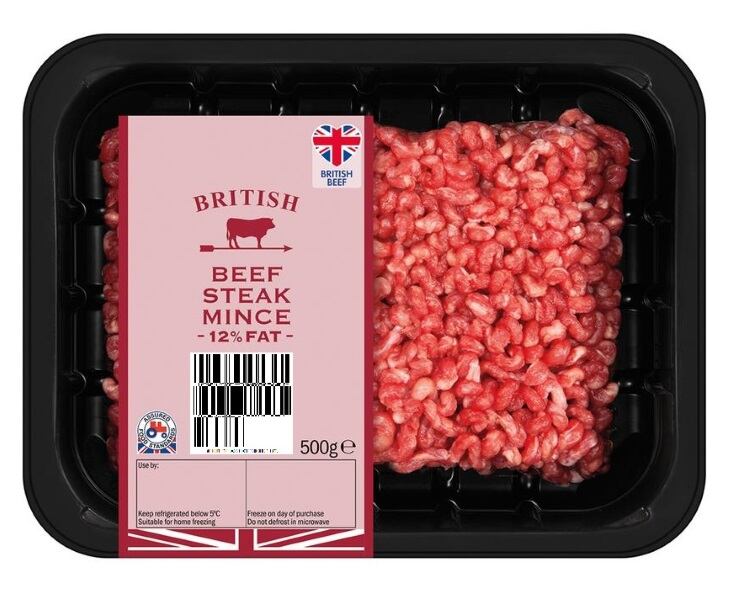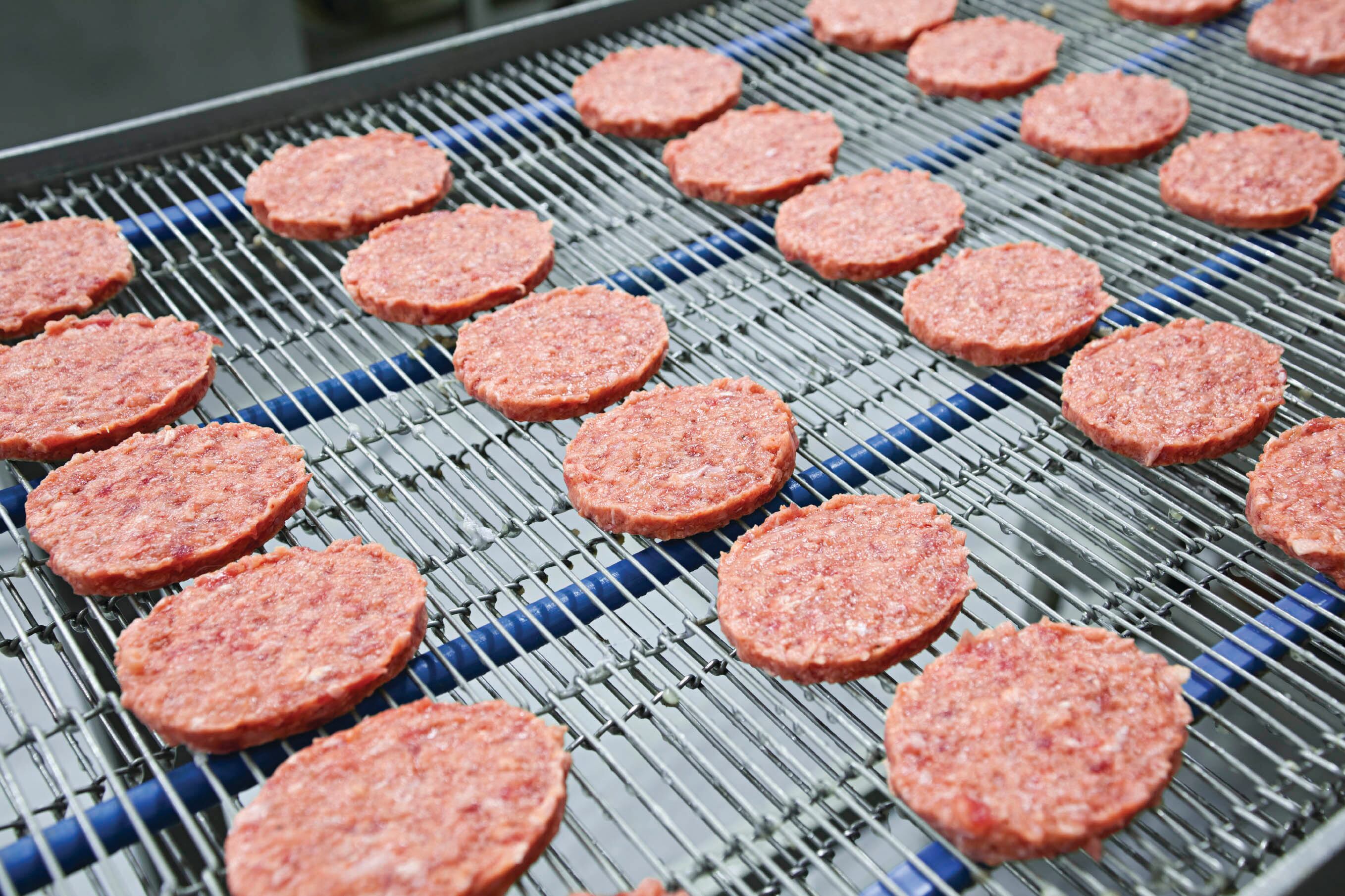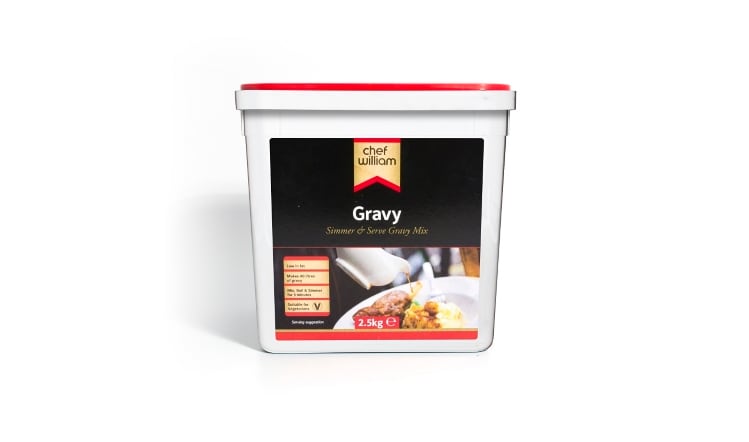The inline scanning technology, billed as the first of its kind in the UK, was created in response to Tesco rolling out data embedded barcodes on meat products sold in its Jack’s stores.
The data embedded barcode is an extended 1D barcode that can store more information, such as the global trade item number, expiration or best before date and batch number, as well as other attributes that can used at the point-of-sale such as weight.
Speaking to Food Manufacture, OAL Connected director Wayne Johnson said the new barcodes contain much more information than traditional barcodes.
“Using these barcodes and technology mean you can accurately track what stock you’ve got on the shelves or you could use the data to create promotional offers.”
Johnson said that these barcodes may pose a challenge to manufacturers, not only in printing these data embedded codes but also because traditional label and date code verification solutions cannot read them, opening them up to the possibility of incorrectly labelled products entering the supply chain which is where OAL Connected’s label and date code verification solutions come in.
He explained that the waste reduction implications of the technology were huge.
“If the retailer can keep track of the date code through the supply chain, by the time the product reaches the store and eventually goes through the tills, they know exactly the date codes of the produce left in-store which will help reduce waste by accurately controlling stock.”
According to Johnson, meat was chosen for the trial as it is a high value cost product as well as enough space on pack to accommodate the larger barcodes however he said the embedded barcodes will eventually be rolled out beyond meat products.
“Currently, Tesco has limited it to its Jack’s sites and to its meat range, now they’re starting to roll it out to their core Tesco range and are in discussions with their suppliers, and this will eventually go across their whole portfolio so they can scan and control data through all of their tills.
“I would imagine Tesco will start with high value short shelf life products and then move into dairy products and then start in areas like ready meals as these are the high wastage areas of food retail.
“Since Tesco is leading the way, I don’t expect it to be too long before other retailers get involved with this and looking the benefits of this technology, particularly when it comes to food waste. Waste is a massive issue in the food industry and I expect others to adopt this new technology as well to control stock in the same way.”
He said that suppliers will have to get on board with this new technology or risk being left behind. “Tesco won’t give suppliers an indefinite amount of time to implement this technology. It’ll be up to the supplier to get organised. The barcode printing technology is available however it will cost more but that will be left to suppliers to organise. However if there is less waste being generated that will offset any additional cost of implementing this barcode technology.”




